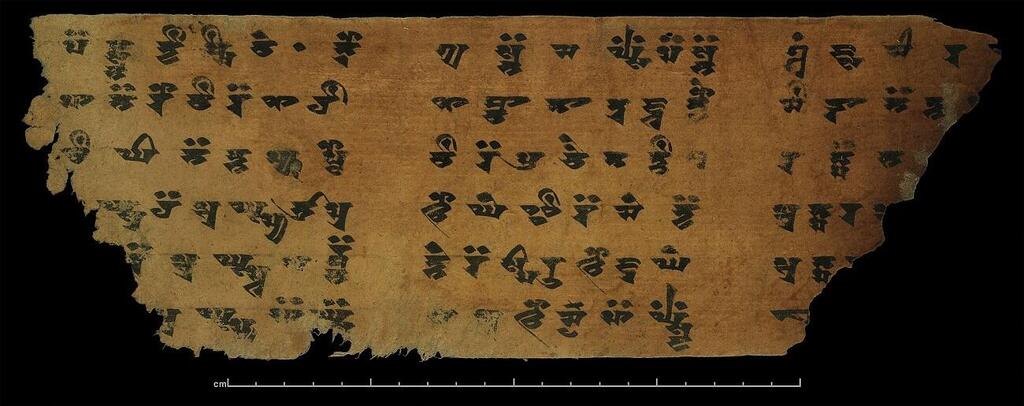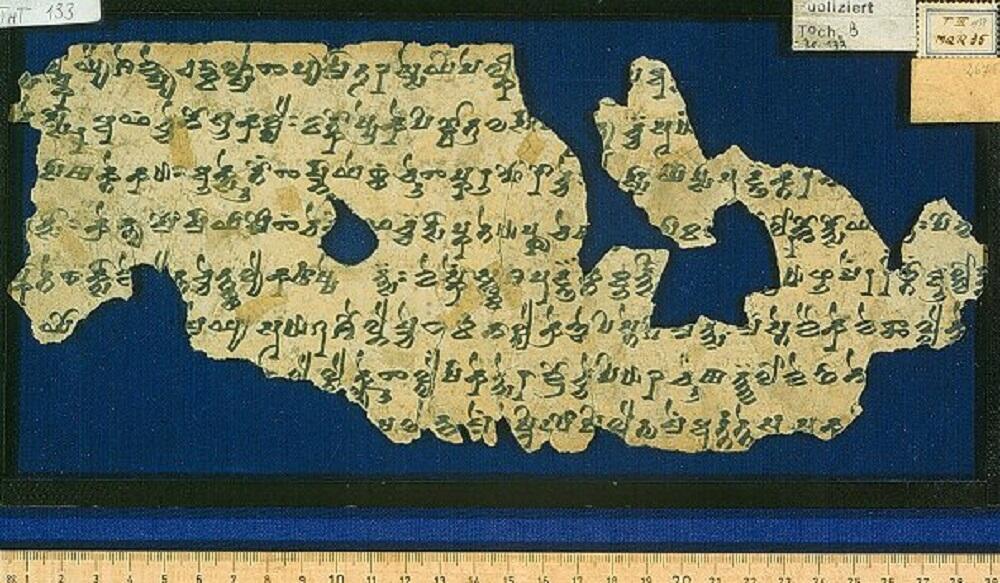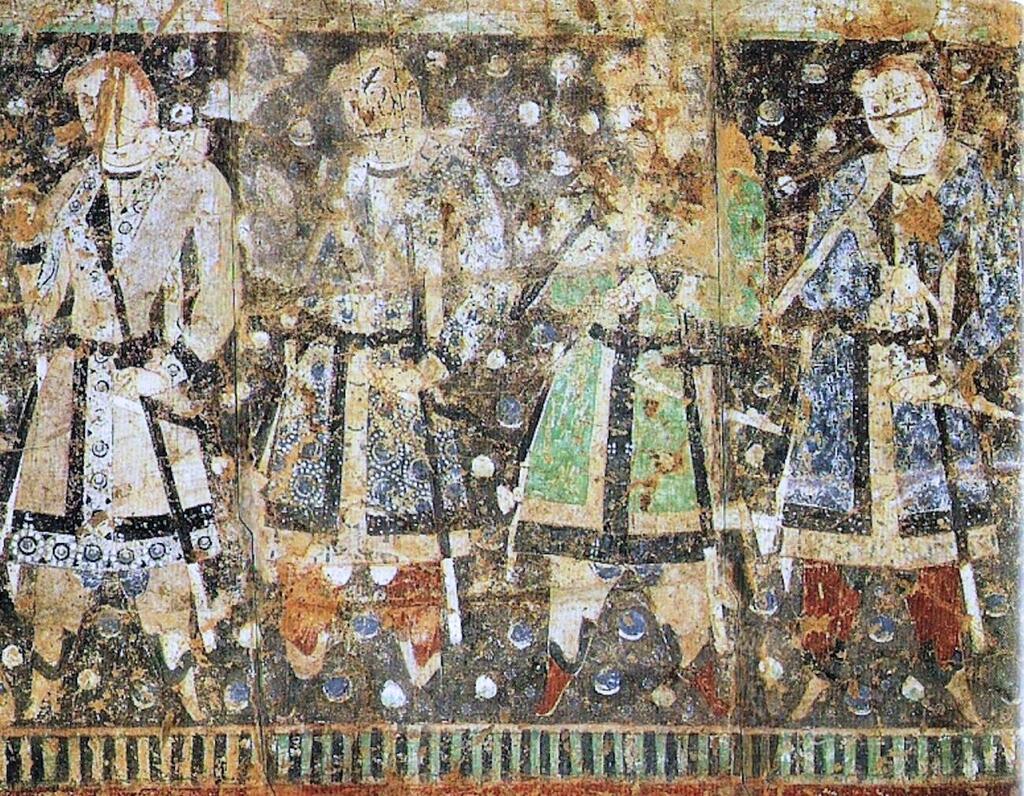Getting your Trinity Audio player ready...
Linguistic specialists have reconstructed the Proto-Indo-European language, the common mother tongue to most of today's languages spoken across Europe and southern Asia. This language, experts say, was spoken from around 4,500 to 2,500 BCE.
Read more:
The Proto-Indo-European language serves as the ancestral root of all Indo-European languages, which encompass Indo-Aryan languages (such as Ancient Sanskrit, Hindi, Punjabi, and Bengali), Iranian languages (including Persian, Kurdish, and Pashto), Greek (including Ancient Greek), Italic languages (like Ancient Latin, French, Spanish, Italian, and Romanian), Germanic languages (including English, German, and Swedish), Slavic languages (such as Russian, Polish, and Serbo-Croatian), Baltic languages (including Lithuanian and Latvian), Armenian, and Albanian.
Those who spoke Proto-Indo-European probably resided in what is currently the eastern region of Ukraine. However, as various groups separated and roamed across the continent for centuries, the languages extended from Ireland all the way to the Indian Ocean. A unique and noteworthy pattern became evident, as a branch that vanished from the Indo-European language group traveled over 2,490 miles from Europe to the east, ultimately arriving at the Tarim Basin - an endorheic basin in Northwest China occupying an area of about 343,000 square miles, and one of the largest basins in Northwest China.
This linguistic project, funded by the EU, provides insight how the Tocharians, who once resided in the region, made their odyssey. "It gives us a fascinating insight about how far people could migrate and what sort of risks and hardships they were actually prepared to expose themselves to," said Professor Michaël Peyrot, a research specialist from the Center for Linguistics at the Dutch University of Leiden.
Through this research, we gain insights into the whereabouts of the Tocharians around 3,500 BCE, a time when they departed from their place of origin. The project meticulously maps the migration route that extends from the Proto-Indo-European homeland to China. During their journey, the Tocharians introduced their version of Proto-Indo-European to people who spoke diverse languages, an interaction that left a mark on their linguistic development, eventually giving rise to their documented languages. Supported by archaeological and genetic evidence, it appears that the Tocharians initially migrated to the southern reaches of Siberia.
Peyrot and his fellow researchers have embarked on a linguistic journey to scrutinize this trajectory. What they unveil is an intriguing alignment between certain distinctive language attributes and the linguistic landscape of southern Siberia.
"Languages preserve precious information about their prehistory through the effects of language contact," said Peyrot. "Observing the effects of language contact, such as borrowed words, enables us to draw conclusions about the proximity of the speakers of different languages and at which point in time the contact took place."
The research team's investigations have led them to a noteworthy revelation: the Tocharians, contrary to prior assumptions, reached the Tarim Basin approximately 1,000 years before the Common Era. This chronological adjustment has a distinct consequence, as it diminishes the scope of their impact within the Tarim Basin, resulting in a less overt imprint than previously envisaged.
Rather than that, the project's insights, disseminated through Horizon: The EU Research & Innovation Magazine, highlight a substantial interplay between the Tocharian language and the linguistic and cultural fabrics of the Iranian communities in the region.
As their research ventures into its final stages, the scholars concur with the theory suggesting that the Tocharians, after residing in the Lesser Asia (Anatolia), possibly abandoned their Proto-Indo-European family. This move aligns with their journey to Asia. Beyond yielding insights into the interactions and movements of various peoples and cultures, a comparison of the vocabulary found in languages rooted in Proto-Indo-European provides a glimpse into the material world and daily life during that era.
While numerous studies have delved into the familial and societal structures, the fauna accompanying humans, and the tools they employed in daily existence, few investigations have thoroughly examined the shared lexicon employed by these early civilizations when discussing a topic that remains equally popular today: daily weather.
Climatologist Dr. Julia Storm reviews ancient texts to identify words that have to do with weather and climate, and she found a very interesting detail. Languages like Greek, Latin, and Vedic Sanskrit depict warriors wearing clouds, using the same verb to describe how people might don garments like scarves or cloaks. "The more information we have about geography and time, the better. In a world where climate is changing so dramatically and we understand our role in the system, looking at the past provides a fresh and significant perspective," stated Dr. Storm.





